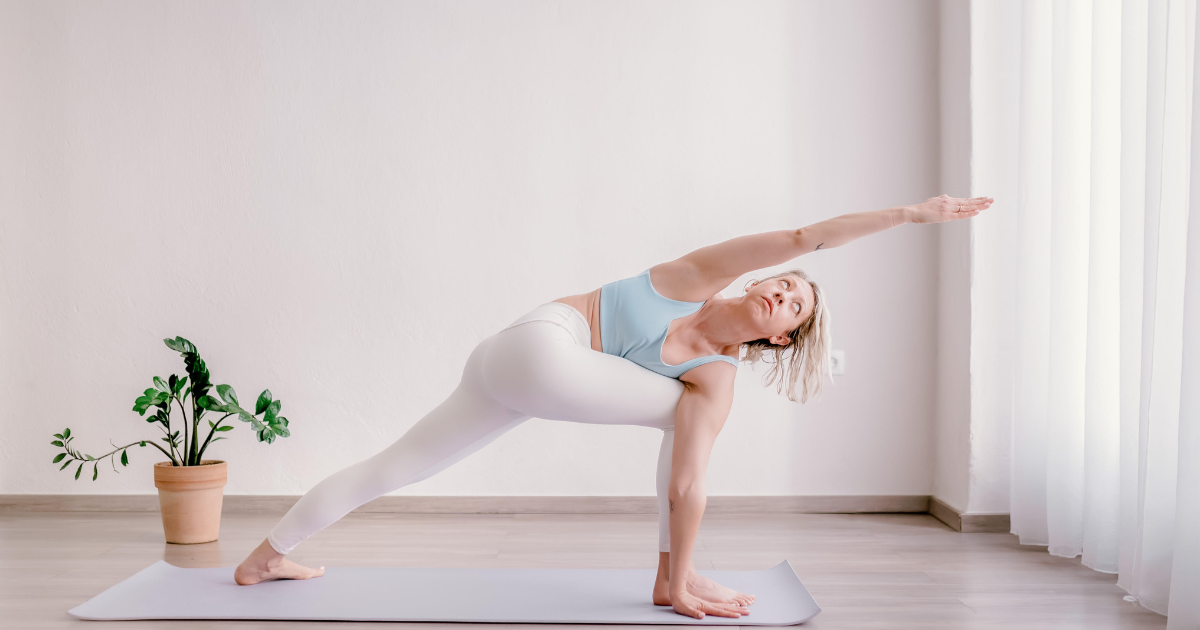How Is Ashtanga Yoga Different?
Ashtanga yoga is a dynamic and structured style of yoga that stands apart from other yoga traditions due to its disciplined approach, set sequences, and focus on breath and movement synchronization. Developed by Sri K. Pattabhi Jois, Ashtanga yoga offers a physically demanding practice while emphasizing the development of focus, discipline, and mindfulness.
In this article, we’ll explore what makes Ashtanga yoga unique and how it differs from other popular styles like Vinyasa, Hatha, and Power Yoga.
Key Features of Ashtanga Yoga
Set Sequences
One of the defining characteristics of Ashtanga yoga is its structured sequences. Practitioners follow a fixed order of poses within one of six series:Primary Series (Yoga Chikitsa): Detoxifies and aligns the body.
Intermediate Series (Nadi Shodhana): Cleanses and strengthens the nervous system.
Advanced Series (Sthira Bhaga): Builds strength and stability.
Unlike Vinyasa or Hatha yoga, where classes may vary in sequence, Ashtanga yoga repeats the same sequence in every session, fostering familiarity and progress.
Vinyasa Flow
Ashtanga yoga incorporates a continuous flow of movement called vinyasa, linking every posture with a specific breath. This synchronization creates a moving meditation, building heat and promoting detoxification.
Self-Practice (Mysore Style)
In traditional Ashtanga yoga, practitioners often follow the Mysore style, named after the city in India where the practice originated.What is Mysore Style? Practitioners move through the sequence at their own pace while an instructor provides individualized guidance and adjustments.
How It Differs: This approach allows for a personalized practice that accommodates the practitioner’s level while maintaining the structure of the Ashtanga method.
Ujjayi Breath
Controlled breathing (Ujjayi pranayama) is central to Ashtanga yoga. The breath serves as a guide for movement, helping practitioners maintain focus, energy, and rhythm throughout the practice.
Bandhas (Energy Locks)
Ashtanga emphasizes the use of bandhas (internal energy locks) to support the body and direct prana (life force energy). Engaging the bandhas adds stability and lightness to the practice.
Drishti (Gaze Point)
Each pose in Ashtanga yoga has a designated drishti, or focal point, to direct attention and deepen concentration. This combination of physical and mental focus sets Ashtanga apart as a meditative practice.
How Ashtanga Yoga Differs from Other Styles
1. Structure vs. Variety
Ashtanga Yoga:
Follows a fixed sequence of poses, making the practice predictable and progressive.
Practitioners master each pose before moving to the next series.
Vinyasa Yoga:
Offers more creative and varied sequences, often changing from class to class.
2. Physical Intensity
Ashtanga Yoga:
Physically demanding, requiring strength, flexibility, and endurance.
Suitable for practitioners seeking a rigorous practice.
Hatha Yoga:
Slower-paced and less intense, focusing on foundational poses and alignment.
3. Focus on Individual Progression
Ashtanga Yoga:
Mysore style allows practitioners to progress at their own pace, under the guidance of a teacher.
Encourages self-discipline and commitment.
Power Yoga:
Inspired by Ashtanga but often geared toward group classes with more flexibility in structure.
4. Spiritual Emphasis
Ashtanga Yoga:
Deeply rooted in the eight limbs of yoga outlined in the Yoga Sutras of Patanjali.
Incorporates meditation, breath control, and ethical principles alongside asanas.
Hot Yoga:
Primarily focuses on physical benefits, such as flexibility and detoxification, with less emphasis on spiritual elements.
Benefits of Ashtanga Yoga
Strength and Endurance
The repetitive, full-body movements of Ashtanga build muscular strength and cardiovascular stamina.Flexibility and Balance
Regular practice enhances flexibility and develops balance, both physically and mentally.Self-Discipline
The structured nature of Ashtanga fosters discipline, consistency, and commitment, both on and off the mat.Mindfulness
The combination of breath, movement, and drishti cultivates a meditative state, promoting mental clarity and focus.Detoxification
The heat generated through vinyasa and controlled breathing helps detoxify the body and improve circulation.
Challenges of Ashtanga Yoga
While Ashtanga yoga offers numerous benefits, it’s not without its challenges:
Physical Demands
Ashtanga requires strength and flexibility, which may be intimidating for beginners. Modifications and patience are essential.Repetition
The fixed sequence can feel monotonous for those who prefer variety. However, this repetition is key to mastering poses and deepening the practice.Time Commitment
Traditional Ashtanga practices can take 90 minutes or more, which may be challenging for those with limited time.
Who Is Ashtanga Yoga For?
Ashtanga yoga is ideal for:
Practitioners Seeking Structure: The set sequence appeals to those who enjoy routine and measurable progress.
Physically Active Individuals: Athletes or those looking for a challenging workout will appreciate its intensity.
Spiritual Seekers: Ashtanga’s emphasis on the eight limbs of yoga makes it a great fit for those exploring yoga’s philosophical and meditative aspects.
Dedicated Yogis: Those willing to commit to a consistent and disciplined practice will find Ashtanga deeply rewarding.
Conclusion
Ashtanga yoga is a unique and transformative practice that combines physical rigor with spiritual depth. Its structured sequences, focus on breath and movement synchronization, and emphasis on self-discipline make it a standout style among yoga traditions.
While it may be challenging at first, the rewards of Ashtanga yoga—improved strength, flexibility, mindfulness, and inner peace—are well worth the effort. Whether you’re seeking a demanding physical practice or a holistic approach to well-being, Ashtanga yoga offers a pathway to growth on all levels.
